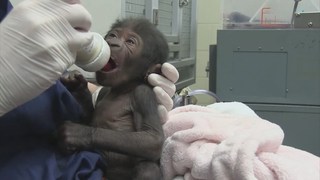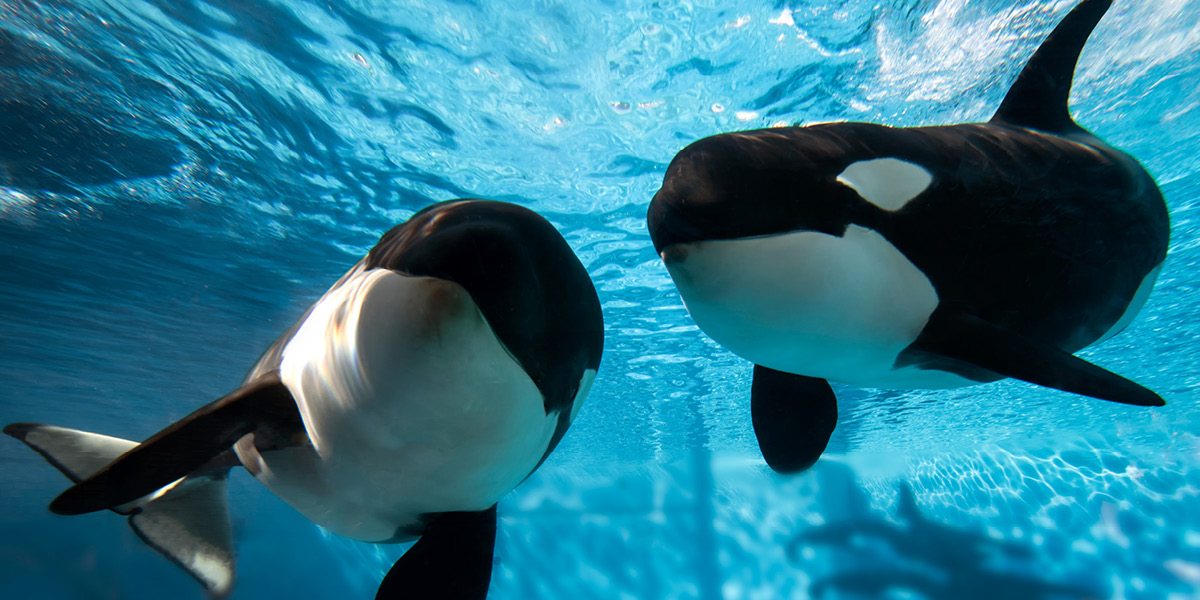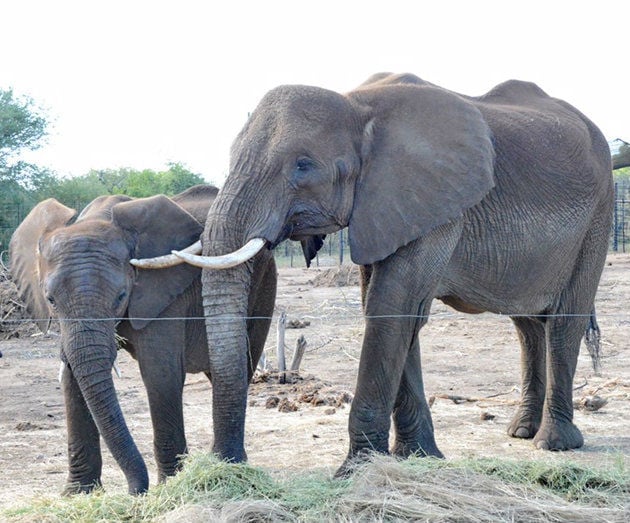It was about two years ago that I visited the
Brevard Zoo for the first time. It was cold and gray and damp back home, but sunny and bright in Florida, and I was feeling thoroughly, wretchedly jealous as I walked down the lushly planted trails, admiring the animals. After a while, I came to the zoo's central exhibit, where flamingos ambled around the edge of their pool. Weaving between the legs of the big pink birds were smaller, white ones - American ibis.
I was just as engrossed by the ibises as I was the flamingos, wondering how the keepers managed them all, when suddenly a zookeeper strolled into the enclosure. With one half-hearted swipe of a rake, she sent a flurry of wings into motion... and when the dust cleared, the only birds left were the flamingos. I watched the departing ibis fly off, the keeper watched the endless streaks of poop they'd left behind before she started to scrub.
"Aw, man," I thought glumly. "Even their pests are cooler than ours..."
A zoo is a place for animals. Specifically, it is a place for the animals that we
want to be there. We put out food and bedding, provide shelters from the heat and cold, and provide endless water in the form of bowls, pools, and streams. The problem is that all of this makes wonderful habitat for other animals, who certainly don't mind helping themselves to an abundance of resources.
That can be good. It can also be very, very bad.
It's good because zoos are places for people who care about animals, and that means native species as well. As more and more forest and wetland and meadow becomes converted into suburban sprawl, animals are being forced into seeking new places to live. Zoos (and urban parks) fit the bill for many species; even without the added benefits of food and water sources, they are usually green places to live that are protected from dogs, cats, and (at least during closing hours) people.
Sometimes those native animals become a tremendous draw for visitors, as much as any of the captive animals. Every spring, the grounds of the
National Zoo (ironically, those immediately outside the Bird House) become one massive rookery for black-crowned night herons. Across the Chesapeake, at the
Salisbury Zoo, the much smaller zoo plays a similar role for much bigger birds - great blue herons. The
Jacksonville Zoo has long boasted a breeding colony of wood storks. Virtually no US zoo can match the bird-watching opportunities of the
St. Augustine Alligator Farm, where over a dozen species of heron, egret,
spoonbill, and stork nest every year just above dozens of lurking alligators. And just how imagine how cool it was for visitors to the
Monterey Bay Aquarium to
watch a wild sea otter give birth... just outside the aquarium.
Different regions boast different zoo-crashers. On a recent trip to Belize, about half of the new animals I saw, I saw for the first time at the
Belize Zoo... and not in the exhibits. Chachalacas, agoutis, and two species of iguana sauntered in and out of exhibits, grabbing a bite of tapir food here, sunning themselves on top of the vulture aviary there. For someone who had spent his whole life thinking of
those animals as "zoo animals" it was a little surreal.
So what's the problem? Well, not all of our animal visitors are so benign.
Some are thieves. Sure, some of those animals at the Belize Zoo were snatching food meant for the animals that lived there (animals which did not have the luxury of leaving the zoo to find their own elsewhere, as the agoutis could). Others are... less-nice thieves, and some are just bullies. Gulls, gray squirrels, and Canada geese come to mind readily. They will enter any exhibit they can and take whatever food they want, and aren't above running the intended recipients off (in the case of Canada geese, they also aren't above beating up zoo visitors, especially children, though to be fair, sometimes the kids deserve it).
Some are destructive or messy. If there's one thing I hate about Canada geese is their amazing ability to kill every last scrape of grass in an exhibit. I look back at the old photos of my zoo and am always dazzled by how green it was. Now, it's the North American annex of the Sahara. Squirrels will happily chew their way into anything to get to food. And then there's all of the pooping. Which reminds me...
Some are disease-spreaders. All that pooping leads to disease transmission, especially if the bird that is doing the pooping is doing it while standing in the middle of your animal's food bowl. This last year, the big worry among bird departments was the spread of HPAI - Highly Pathogenic Avian Influenza - which had decimated some poultry farms; no one knew what the risk to zoos would be, but it was known that Canada geese and mallards were some of the leading carriers. Thankfully, nothing really happened... this year.
Some are killers. Foxes, raccoons, skunks, snakes, and an aerial armada of birds-of-prey can be attracted to the easy pickings of zoo animals.
Just today, a Los Angeles area mountain lion has become the prime suspect in the killing of a
koala at that
city's zoo. An enclosure can't just keep your animals in, it has to keep these guys out, which isn't always an easy task. They dig, they climb, and they have fantastic motivation. Even if the predator can't get in, they can still do damage - I've seen owls and hawks reach through the wire of an aviary to grab and kill a bird, apparently unconcerned that they couldn't actually get their kill out and eat it. At the very least, their presence can cause panic and stress among the animals.
Which isn't to say that our animals don't turn the tables now and then. Many zoo carnivores are quick to take advantage of the chance to snag some
free-range enrichment items. I've seen snow leopards snag squirrels, alligators grab egrets, and wolves take ducks. During AM cleaning, I've found half-eaten possums, the foot of a great-horned owl (nothing else), and a fair number of half-snakes.
So what do we do about our native neighbors?
There are occasions when we have to take steps to protect zoo animals. That means making sure enclosures are predator-proof, checking them constantly for signs of digging or tearing, maybe installing hot-wires. It can mean putting up finer (and more expensive) mesh or wire to keep birds and chipmunks and snakes out of exhibits. It can mean pulling food bowls at night so as not to attract raccoons, skunks, and other nocturnal foragers (who may then decide to stay for a slightly meatier second course). And sometimes it means trapping and removing of problem animals.
Still, for the most part, I err on their side, as long as it doesn't compromise the welfare of the zoo animals, which remains my top concern. In fact, I like to encourage them where safe and practical, with bat-boxes, birdhouses, and native plants. It gives a helping hand to local biodiversity, pleases visitors, and reminds us all that not all wildlife is in Africa or Asia.
As I learned in Belize, one keeper's food-stealing nuisance is another's wild treasure. Now maybe they'd like to trade some Canada geese for a chachalaca or two...



























